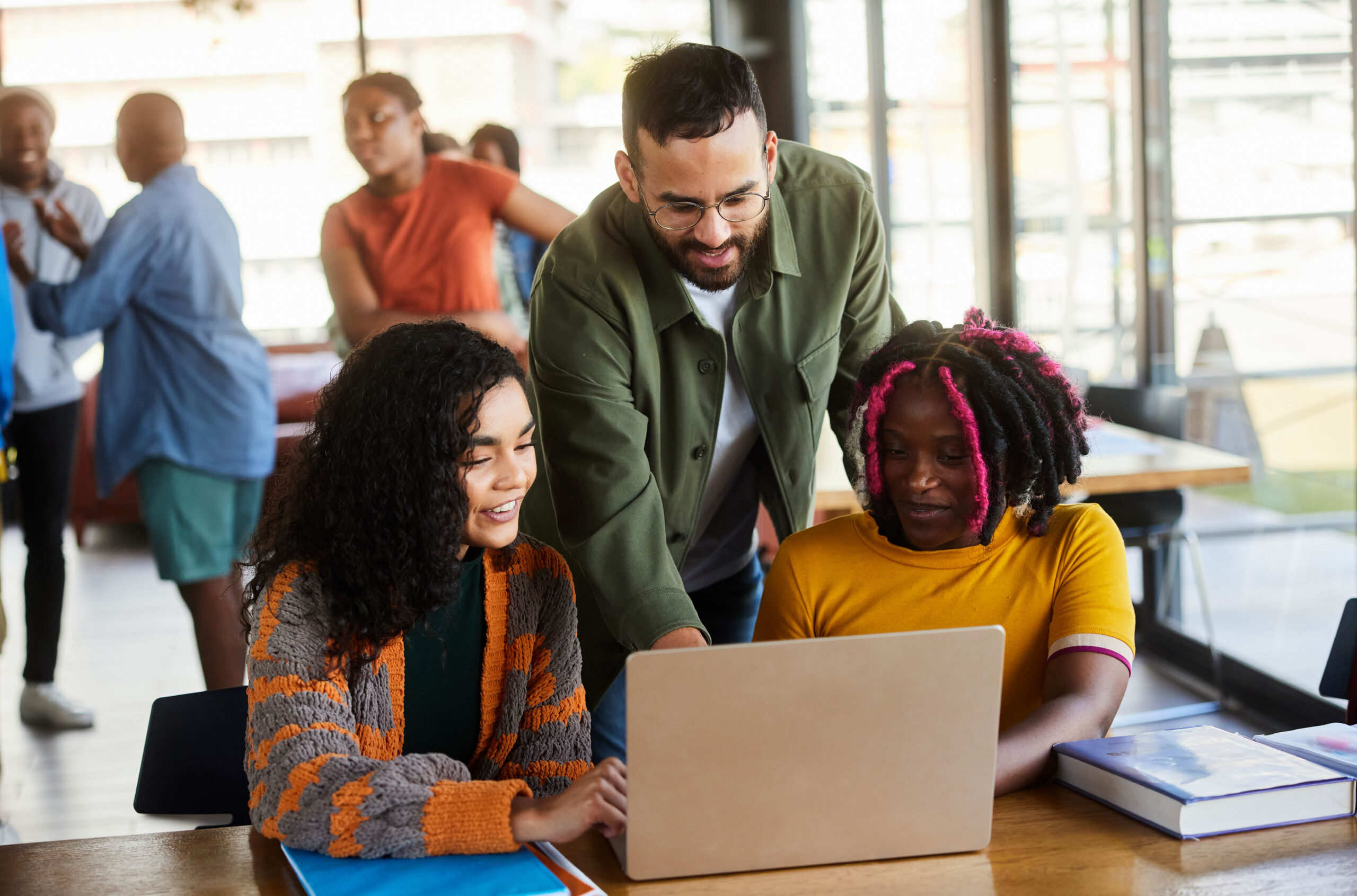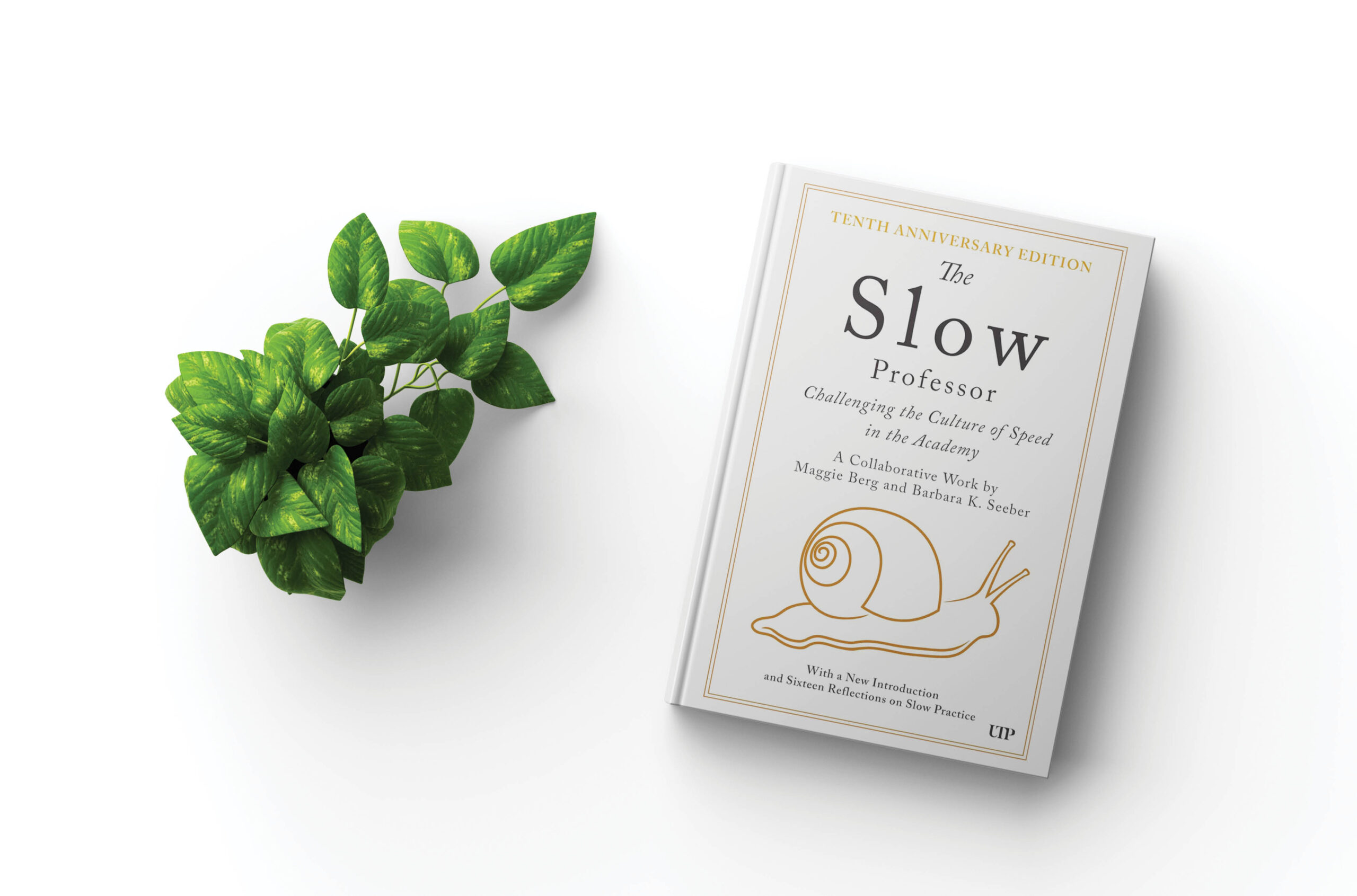Supporting students through better communication
Three practical strategies to enhance student success.

Undergraduate students today live in an environment that is deeply shaped by technology. For many, digital tools are not only central to their academic pursuits but also form the foundation of their social lives and information-seeking habits. Social media platforms, in particular, command a significant portion of their attention, often competing with academic responsibilities. Alongside these digital distractions, students frequently balance multiple commitments such as family obligations, part-time employment and the demands of higher education. This complex interplay of responsibilities can lead to missed deadlines for assignments and insufficient engagement with course content.
As educators, it is our responsibility to create conditions that foster student engagement, sustain motivation and ultimately improve academic outcomes. Through my experience teaching in digital learning environments, I have identified a set of strategies that consistently help students remain on track. While these approaches have been most directly applied to online education, many are equally beneficial in traditional, in-person classrooms. The following strategies illustrate practical and pedagogically sound methods of enhancing student success.
Welcome Email
A welcome email sent prior to the official start of the course is a simple yet highly effective practice. This initial communication sets a positive tone and helps to establish a sense of connection between the instructor and the students. More than a greeting, such an email provides critical information regarding the course structure, expectations and rules. When thoughtfully crafted, it helps reduce student anxiety, promotes preparedness and fosters a sense of belonging to the course community before classes officially commence. Research on online learning has consistently highlighted the importance of establishing instructor presence early, and a welcome message is one of the most efficient ways of achieving this goal.
The Power of Multiple Reminders
A cornerstone of student engagement in online education is the consistent use of reminders. For online courses, the learning management system (LMS) offers valuable tools such as announcements or news alerts, which can be used to guide students, week by week. A structured reminder system not only helps students remain attentive to deadlines but also encourages steady participation.
For instance, if weekly modules typically begin on Monday, a reminder sent early that morning can provide students with a clear overview of the week’s lesson, required readings and expectations for online discussions. Midweek reminders can serve to re-engage students who may have become distracted. Finally, a Sunday morning reminder, issued on the last day of the learning week, encourages those who have fallen behind to complete outstanding tasks. This systematic approach promotes accountability and significantly reduces the risk of students neglecting course requirements.
The same principle applies to major assignments. A sequence of reminders can help students manage deadlines more effectively: one on the first day of the week when the assignment is due, another midweek, and a final notification on the due date itself. These communications ensure that assignments remain visible in students’ schedules and reinforce the importance of timely submission. Additionally, reminders sent to students who miss an assignment deadline, informing them of the possibility of late submission with penalties, serve both as a compassionate gesture and as a motivational tool. Such practices demonstrate that the instructor values student success while still maintaining academic rigor.
Personalized Communication for Urgent Situations
Beyond scheduled reminders, personalized communication plays a vital role in addressing urgent issues. For example, if a student mistakenly uploads the wrong file to the dropbox, a timely email notification allows them to correct the error and avoid unnecessary grade penalties. Such interventions reflect attentiveness on the part of the instructor and foster trust between students and faculty. These personalized reminders are particularly valuable in online courses, where the lack of physical interaction can otherwise make students feel isolated.
Supporting undergraduate students in both online and in-person learning environments requires more than simply providing content; it demands thoughtful instructional design, proactive communication and a consistent presence from the instructor. Practices such as sending welcome emails, implementing structured reminder systems and offering personalized support in urgent cases collectively contribute to enhanced student engagement and improved learning outcomes. These strategies acknowledge the realities of students’ multifaceted lives while equipping them with the structure and encouragement needed to succeed academically.
Ultimately, success depends not only on students’ individual discipline but also on the scaffolding provided by instructors. By cultivating habits of consistent communication and accountability, educators can create an environment where undergraduate students not only persist but thrive.
Featured Jobs
- Sociology - Professor (Quantitative Data Analysis Methods and Social Statistics)Université Laval
- Law - Assistant or Associate Professor (International Economic Law)Queen's University
- Architecture - Assistant Professor (environmental humanities and design)McGill University
- Geography - Assistant Professor (Indigenous Geographies)University of Victoria















Post a comment
University Affairs moderates all comments according to the following guidelines. If approved, comments generally appear within one business day. We may republish particularly insightful remarks in our print edition or elsewhere.